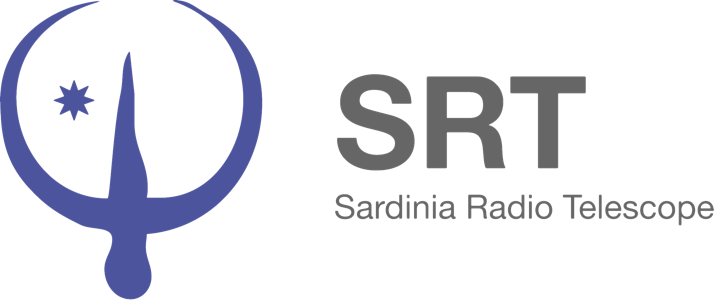Project
RFI monitoring
Even if the site’s location is quite good concerning the electromagnetic environment produced by man-made signals, a mobile laboratory for monitoring RFI (Radio Frequency Interference) is fully operational at the site (see Figure 1).
 F
F
Figure 1: The Mobile Laboratory for Radio-Frequency Interference Monitoring at the Sardinia Radio Telescope (https://ieeexplore.ieee.org/document/6735468).
This is mainly used to perform a routinely monitoring of the frequency bands allocated to the Radio Astronomy Service and Space Science, and, when it is requested, even in the broader frequency ranges of the operating and under construction SRT receivers.
In addition, a new RFI fixed station is now available for a continuously monitoring of the telescope (intermediate frequency, IF) base band (see Figure 2).

Figure 2: GUI of the RFI fixed station for the monitoring of the SRT base band (https://ieeexplore.ieee.org/document/8471338).
A spectrum analyzer directly connected to a copy of the telescope base band signal will allow soon a background RFI monitoring during the astronomical observations.
Whereas the C- (especially above 6400 MHz), X-, and K-band (both almost everywhere in the band) show very large bandwidth fully RFI-free, P- and L-bands look more polluted. Therefore, appropriate observational strategies and mitigation techniques must be implemented to get rid of RFI.
